In Photos: A Look at Titan's Bizarre Seas
A big, little moon

The Saturn system may be the most beautiful in the solar system. As well as its spectacular rings, the Saturn system features more than 50 named moons and dozens of smaller moonlets.
The largest of Saturn's moons, Titan, is larger than the planet Mercury. The Cassini spacecraft took this image of Titan in front of Saturn and its rings in 2012.
Exploring the system
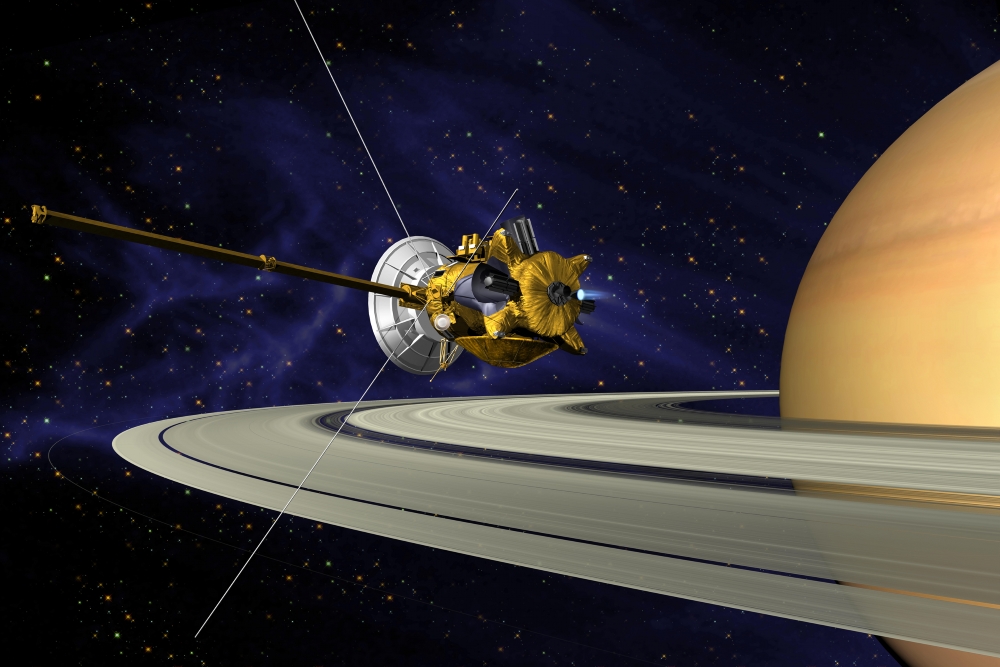
The Cassini mission to Saturn, a joint effort by NASA, ESA and the Italian space agency, was one of the most ambitious and successful space exploration projects yet attempted.
The Cassini spacecraft arrived in the Saturn system in 2004 and made more than 12 years of observations before its final orbit in 2017.
Targeted for exploration
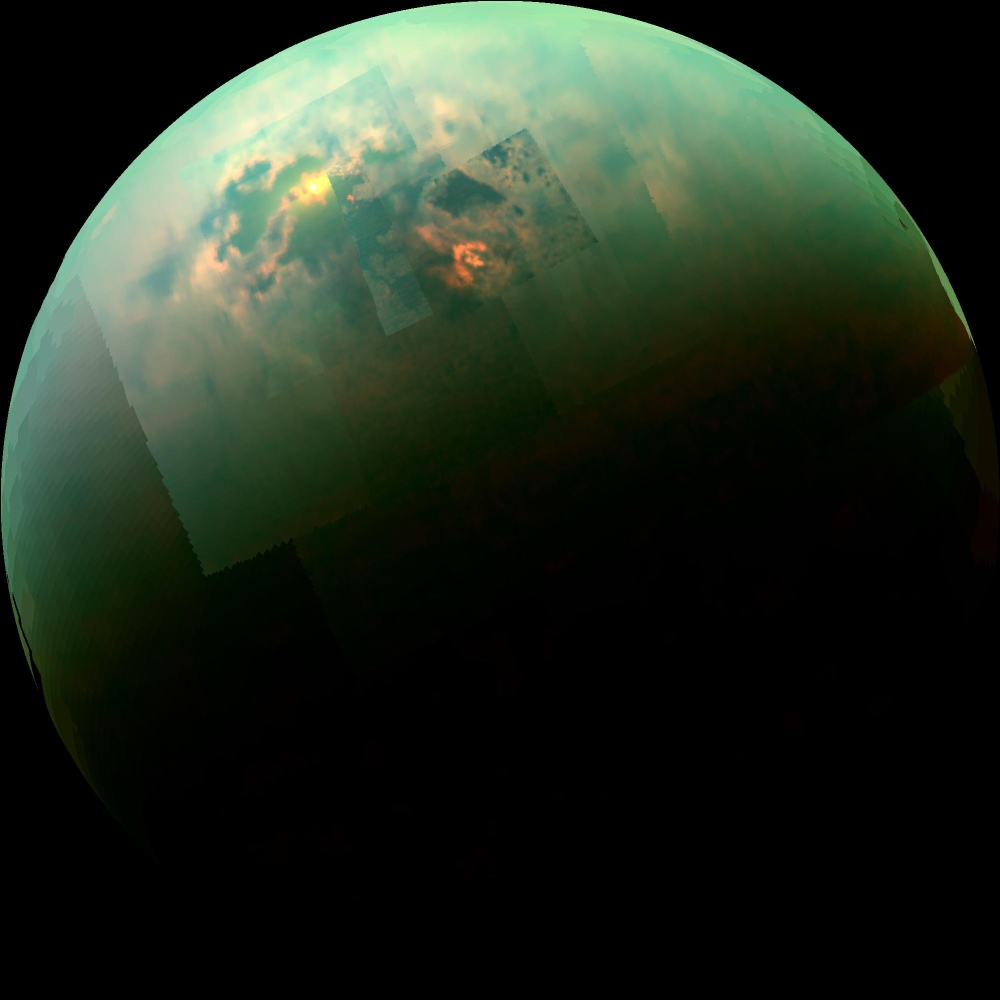
Saturn's largest moon Titan was one of the main subjects for exploration by the Cassini mission.
Titan is larger than the planet Mercury, It has a dense atmosphere of mainly nitrogen and is the only place in the solar system, apart from earth, with seas of liquid at the surface.
Strange seas of Titan

The seas of Titan are very different from oceans on earth. Instead of water, they are comprised of the hydrocarbons methane and ethane, which are kept liquid by the below-freezing temperatures at Titan's surface – about -300 degrees Fahrenheit (-185 degrees Celsius).
Deploying Huygens lander

In 2005, the Cassini spacecraft deployed the Huygens lander onto the surface of Titan.
Huygens studied the clouds and atmosphere of the moon during its two-and-a-half hour decent and landed on solid ground, sending 350 photographs and other data to the Cassini spacecraft in orbit around Saturn.
A frozen landscape

Images from the Huygens lander showed the frozen surface of the moon raised into ridges and mountains, and dotted with hydrocarbon seas, flowing rivers and drainage channels.
Surveying freezing oceans
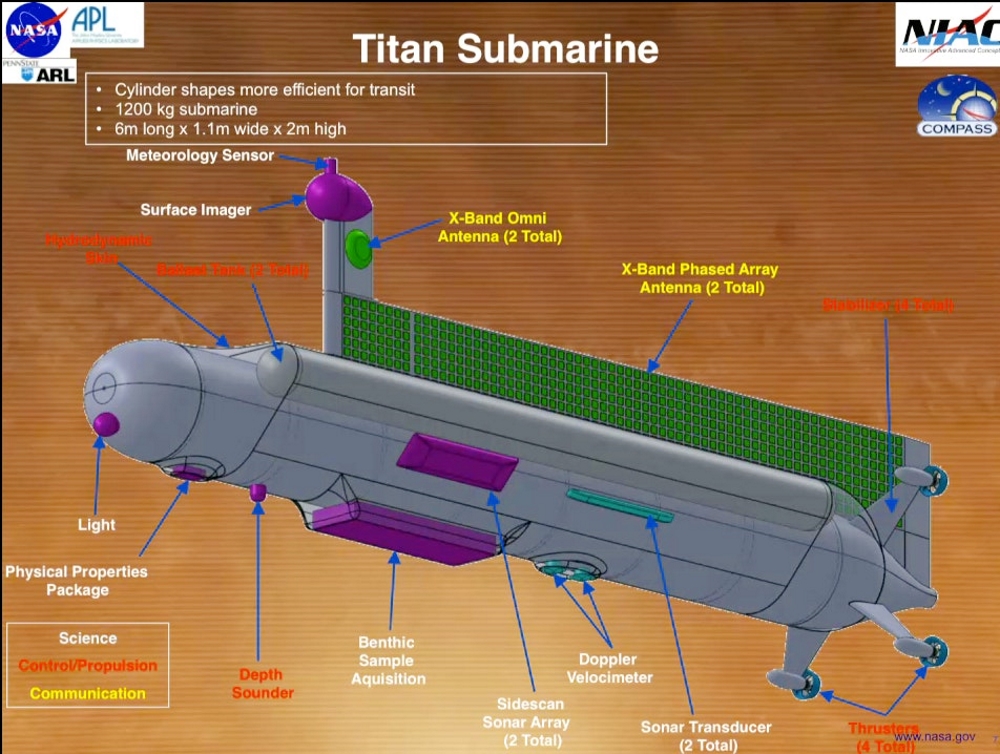
NASA is now developing a robot submarine to explore the freezing hydrocarbon seas on Titan.
If the mission goes ahead, the submarine would arrive on Titan in the late 2030s or early 2040s.
Get the world’s most fascinating discoveries delivered straight to your inbox.
Tools for creating
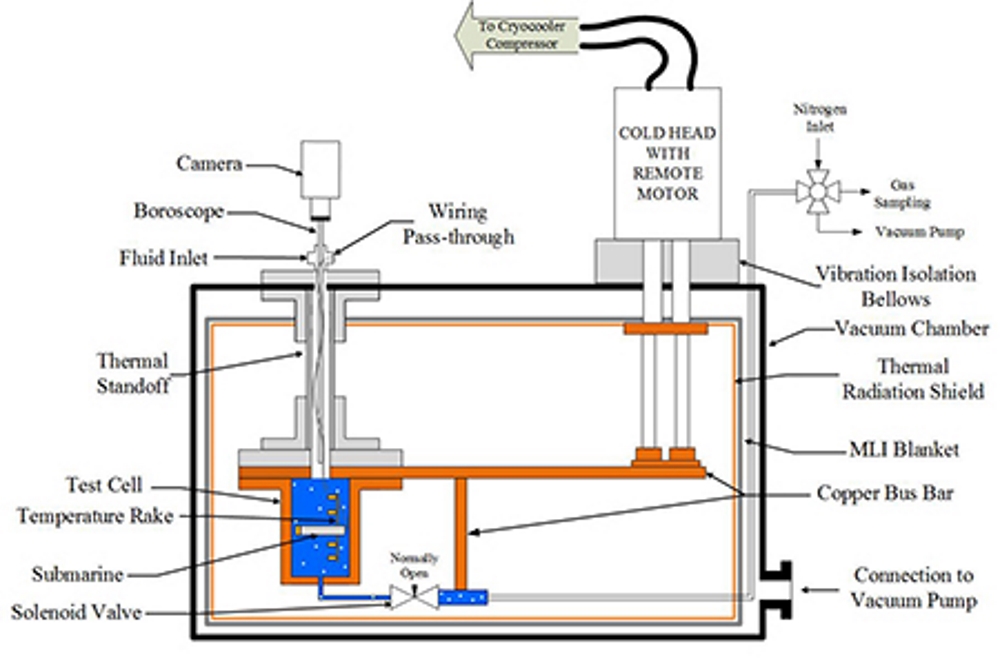
Researchers at Washington State University recently built an alien ocean simulator to test how heat from the submarine would affect the chemistry of Titan’s oceans.
The researchers were concerned that heat from the submarine's power source would create bubbles of dissolved nitrogen from the atmosphere, which could blind the onboard cameras or prevent the sub's buoyancy and propulsion system from working properly.
Navigating Titan's oceans
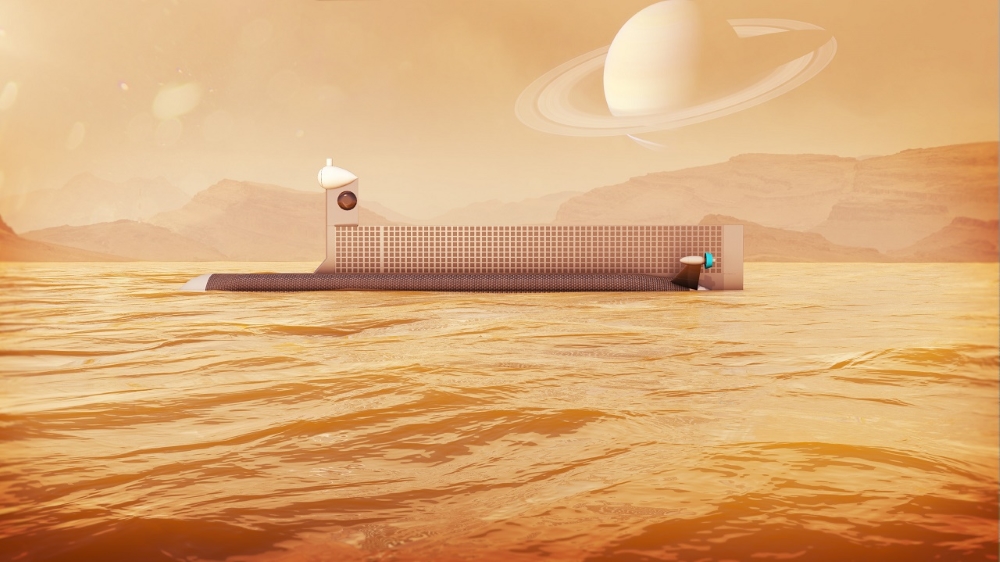
The WSU researchers were able to show that bubbles of dissolved nitrogen would not be a big problem, and that a robot sub could work effectively in Titan's hydrocarbon seas.
Cassini's legacy

The Cassini spacecraft made its final orbit of the Saturn system in September 2017, before it was intentionally de-orbited and burned up in Saturn’s atmosphere, to prevent contamination that could affect future explorations.
Tom Metcalfe is a freelance journalist and regular Live Science contributor who is based in London in the United Kingdom. Tom writes mainly about science, space, archaeology, the Earth and the oceans. He has also written for the BBC, NBC News, National Geographic, Scientific American, Air & Space, and many others.
 Live Science Plus
Live Science Plus





